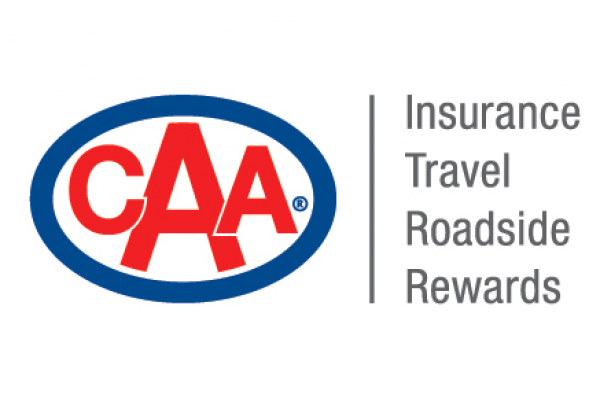2 min
MEDIA RELEASE: New study reveals pedestrians and cyclists face high-risk near-misses every day in Canada
Every day, pedestrians and cyclists in Canada experience high-risk near-misses that could have resulted in serious injury or fatalities. A new seven-month study, commissioned by CAA, has uncovered over 600,000 near-miss incidents across 20 intersections nationwide, creating the largest dataset of its kind in Canada. While actual collisions are recorded by police, near misses are not. “The findings are clear, near-misses are not isolated events; they are daily warnings that demand attention,” says Teresa Di Felice, Assistant Vice President of Government & Community Relations at CAA South Central Ontario (CAA SCO). “The results of this study create an opportunity to proactively assess intersection design and implement measures that enhance safety for all road users.” Partnering with Miovision, the study used cameras and AI to monitor and analyze intersections across Canada in real time. Shockingly, one in every 770 pedestrians and one in every 500 cyclists experience a high-risk or critical near-miss. Near-Misses Are Predictors of Future Collisions The study found that near misses most often involved vehicles making a right turn. More than half (55 per cent of pedestrians and 50 per cent of cyclists) had a close call with a vehicle. More than a third (34 per cent of pedestrians and 36 per cent of cyclists) were involved in conflict with a left-turning vehicle. Most Canadian intersections accommodate thousands of pedestrians daily, meaning at least three serious incidents occur at a single location every day. “These aren’t just close calls; they are collisions waiting to happen,” says Di Felice. “By pinpointing near-miss hotspots, municipalities can now prioritize upgrades that prevent collisions before they happen.” Solutions That Make Intersections Safer The study highlights key design features proven to reduce near-misses, including: Dedicated left-turn lanes to prevent dangerous interactions. Leading pedestrian intervals, allowing pedestrians to start crossing before vehicles move. Advanced green lights for left-turning vehicles, reducing hesitation and confusion. Cities that implement these solutions can dramatically decrease the risk of collisions and make their streets safer for all road users. Traditional road safety measures rely on collision data, meaning changes only happen after injuries occur. Near-miss tracking is the next step in proactive safety planning, allowing experts to prevent crashes before they happen. CAA is urging municipal and provincial leaders to embrace technology-driven safety monitoring, citing the compelling benefits revealed by this study. Data was collected using 360-degree cameras at intersections of various designs across seven provinces, including Nova Scotia, Québec, Ontario, Manitoba, Saskatchewan, Alberta and British Columbia. Using AI-powered video analytics, Miovison was able to detect near misses and assess risk levels based on vehicle speed and trajectory. The study's detailed findings can be found here: CAA Intersection Safety Study Media Broll can be found here: https://vimeo.com/1094061982/90cf023ced




















